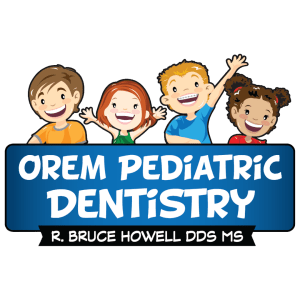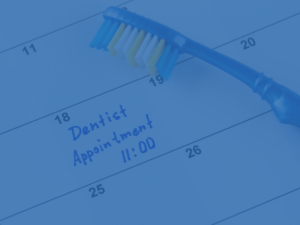Cavities, also known as dental caries or tooth decay, are one of the most common oral health problems in the country. They occur when the hard surface of the tooth, the enamel, is damaged due to a combination of bacterial activity, poor oral hygiene, and dietary factors. If left untreated, cavities can lead to pain, tooth loss, and more severe infections. Early cavity detection is critical to preventing complications and maintaining oral health.
As you know, cavities are a preventable dental issue that can lead to serious consequences if not addressed early. You’ve probably heard that 100 times. But there is something else to that. Something that we often miss when we speak about cavities. Detection.
To understand cavities and cavity prevention, we have to at least consider their detection. Sure, we know about symptoms, like a a hole in a tooth, tooth pain, and even a fever. But, cavities can be detected before a problem even begins. Poor dental hygiene can be spotted and corrected before a severe problem or cavity develops. That’s why it’s so important to get regular, routine checkups. Cavities can be prevented. And it’s time we do more to prevent them, instead of just dealing with the consequences that result when we fail to do so.
So, let’s take a closer look at what cavities are, what causes them, some symptoms, and ways that we can all do more to detect them early and prevent them from occurring.
What Are Cavities?
Cavities are permanent damage to the tooth’s surface, resulting in tiny holes or openings. They form when bacteria in the mouth feeds on sugars and starches from food and produce acids as a byproduct. These acids erode the enamel, weakening it over time. If the decay progresses beyond the enamel, it can reach the dentin (the softer layer beneath) and eventually the pulp, where nerves and blood vessels reside, causing significant pain and complications.
Cavities can affect anyone, regardless of age, but they are particularly prevalent in children and adolescents due to dietary habits and inconsistent oral hygiene.
Let’s take a quick look at the causes and symptoms.
Causes of Cavities
-
Several factors contribute to the development of cavities:
- Poor Oral Hygiene: Inadequate brushing and flossing allow plaque—a sticky film of bacteria—to build up on teeth, increasing acid production.
- Dietary Habits: Frequent consumption of sugary or starchy foods and drinks, such as sodas, candies, or snacks, provides fuel for bacteria.
- Dry Mouth: Saliva helps neutralize acids and wash away food particles. Conditions like xerostomia (dry mouth) or medications that reduce saliva flow increase cavity risk.
- Tooth Anatomy: Deep grooves or pits in teeth can trap food and bacteria, making certain areas harder to clean.
Symptoms of Cavities
In their early stages, cavities may not cause noticeable symptoms, which is why regular dental checkups for your child are essential. As decay progresses, symptoms may include:
- Tooth Sensitivity: Discomfort when consuming hot, cold, or sweet foods and drinks.
- Pain or Discomfort: A dull ache or sharp pain, especially when chewing.
- Visible Signs: White, brown, or black spots on the tooth surface, or visible holes in advanced cases.
- Bad Breath: Persistent bad breath or a bad taste in the mouth, often due to bacterial activity.
- Swelling or Pus: In severe cases, an abscess may form, causing swelling or pus around the affected tooth.
As I said earlier, what we want to focus on here is detection. We know what causes cavities and symptoms. But how are they detected?
Cavities and Early Cavity Detection
Early-stage cavities can be detected in several ways. First of course is via a visual inspection of the teeth. During a routine visit, we visually inspect the teeth to see if there are any issues with the gums, palette, and of course, teeth.
This is a main reason that I always recommend a routine checkup every six months.
During the visit and in addition to the visual inspection, we also have some tools that help us check the health of the gums surrounding the teeth, and we also have the ability to use x-rays, intra-oral (inside the mouth) cameras, and other technology that helps us see any potential issues that need to be addressed.
Preventing Cavities
Ultimately, the goal here is to help you and your child understand and practice good dental hygiene. But a complete system of hygiene should also include an often overlooked step – the routine checkup at a dentist. This, I feel, makes a difference in care.
I wanted to take a few moments to bring this all back up. I hope it was helpful.
To find out more, please call my office at (801) 802-7200. Thank you.






